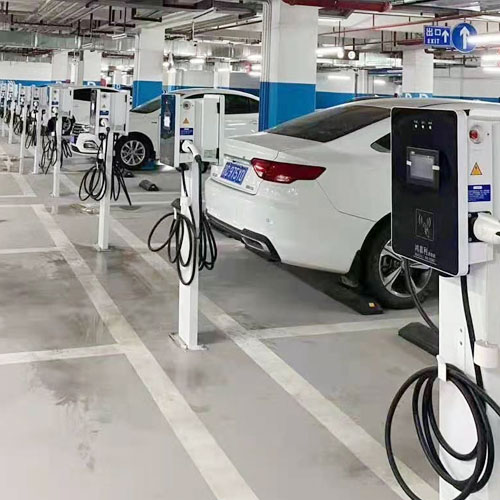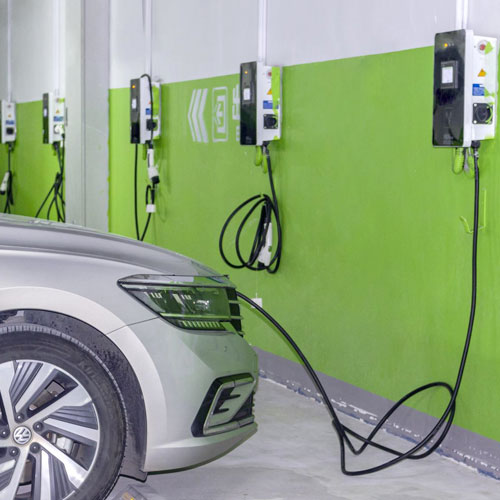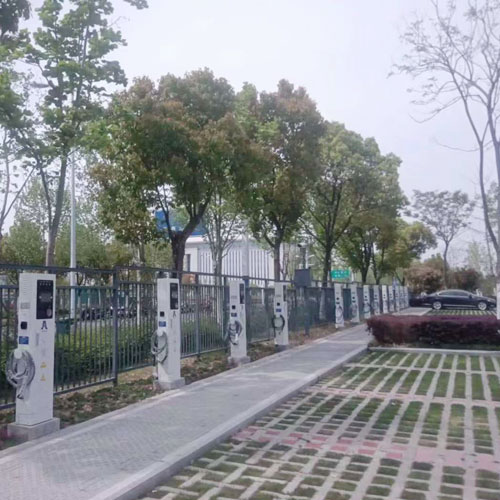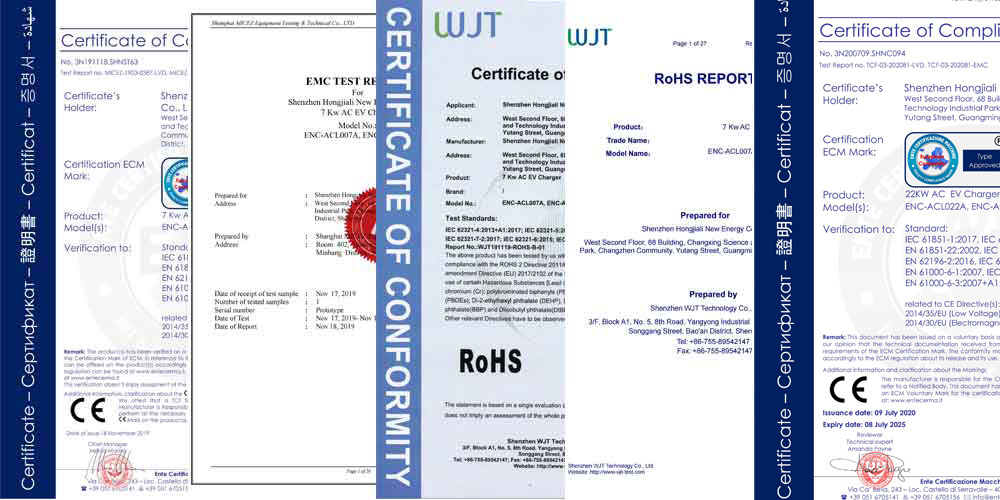-
 +86 18924678741
+86 18924678741 -
 sales@hjlcharger.com
sales@hjlcharger.com -
 Shenzhen City, Guangdong Province, China
Shenzhen City, Guangdong Province, China
Level 2 charger charging stations, also known as Level 2 charging stations or Level 2 charging piles, are an important type of electric vehicle charging facilities.
Level 2 charger charging stations refer to facilities that use Level 2 chargers to provide charging services for electric vehicles. Level 2 chargers usually use alternating current (AC) power, the output voltage is generally 240 volts, and have higher power output, which can significantly increase charging speed.
Level 2 charger charging stations are mainly used in the following scenarios:
1. Home charging: For families with electric vehicles, installing level 2 chargers can meet the need for convenient charging at home. Especially charging at night or during free time can make full use of the low electricity prices of the power grid and reduce charging costs.
2. Public charging: Setting up level 2 charging stations in public places such as shopping malls, hotels, and parking lots can provide convenient charging services for electric vehicle users. Especially during long journeys or emergencies, electric vehicles can be quickly recharged.
The basic parameters of Level 2 charger charging station products are as follows:
Power:11kw/22kw
Connectors:Single
Input Voltage: AC380V±15%
Output Current:16A/50A/32A
standard: GB/T 18487 20234, IEC 61851 2017, SAE J1772, etc.














